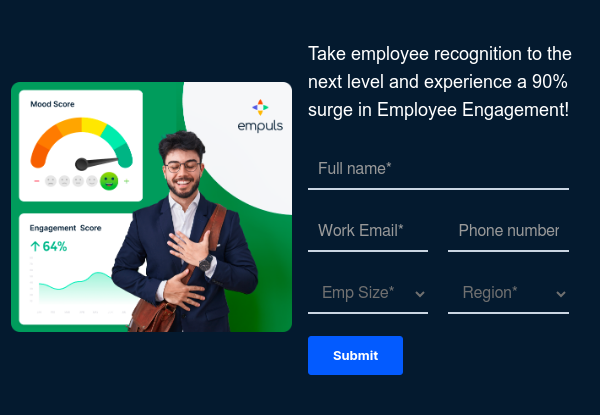Quali sono le migliori intranet aziendali?
Le migliori intranet aziendali sono piattaforme digitali interne progettate per migliorare la comunicazione, la collaborazione e la condivisione delle informazioni tra i dipendenti di un'organizzazione. Queste intranet fungono da hub centralizzati che forniscono un facile accesso alle risorse essenziali, agli strumenti e agli aggiornamenti aziendali, aumentando in ultima analisi la produttività e il coinvolgimento dei dipendenti.
Inoltre, le migliori intranet aziendali favoriscono un senso di comunità e di appartenenza, supportano gli ambienti di lavoro remoti e ibridi e contribuiscono a una cultura organizzativa positiva. Semplificando i flussi di lavoro e facilitando la condivisione delle conoscenze, le intranet aziendali di maggior successo svolgono un ruolo fondamentale nel promuovere il successo aziendale e la soddisfazione dei dipendenti.
























